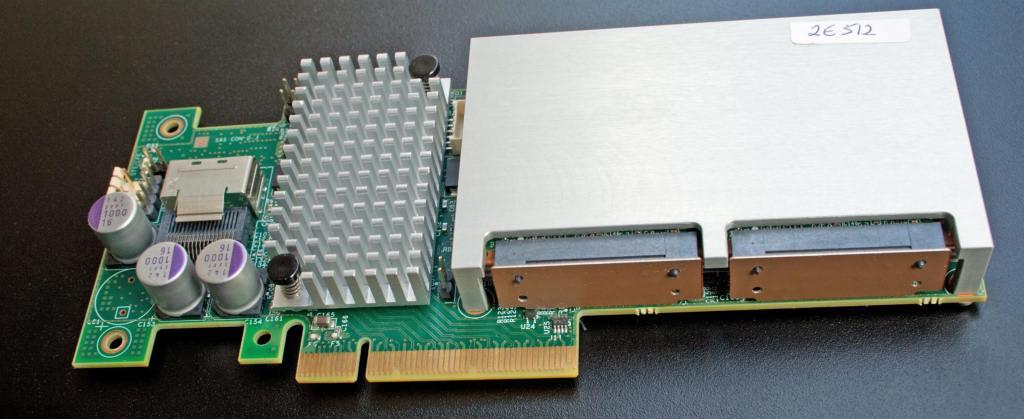CONCLUSION
From the perspective of testing the LSI Nytro MegaRAID card, it’s a little challenging. It’s part RAID card, part PCIe flash accelerator card, and LSI’s Nytro caching software all working together in a single integrated device. If it were just one of those, it would be somewhat easier. Alas, it’s not, so different steps and methodologies had to be employed. A sort of re-invention of the testing wheel as it were.
The Nytro MegaRAID is a unique product to address a common need. In that respect, it performs flawlessly. You get real, usable performance, whether commands are stacked high or low, and LSI’s famed validation on every component should leave those controlling the purse strings and those responsible for system upkeep sleeping a little easier at night.

Using all-flash is always an option now, but an expensive one. And since HDDs aren’t going anywhere in the enterprise, using flash to accelerate hard drive performance makes a lot of sense — as evidenced by the vast number of options to pair flash with solid state storage. If you’re already using hard drives and RAID cards, swapping something like the LSI Nytro MegaRAID can go a long way to getting the most out of existing infrastructure, increasing RoI and reducing the need for additional hard disks, each of which uses nearly as much power as the Nytro MegaRAID does. The PCIe x8 spec limits the amount of power drawn from the motherboard to 25w, and the Nytro MegaRAID doesn’t even need all of that.
All in all, the Nytro MegaRAID is a collection of LSI’s portfolio technologies, and in that respect, it’s an impressive offering. But in many situations, there are those that will be happier to just take a LSI RAID card, add CacheCade software, and pick some suitable SSDs to cache with. It’s like anything, really; people like options, and LSI has them. You don’t have to get a Nytro MegaRAID, but you get performance with more security that everything will “just work” together. For those needing a different performance profile, or want SLC flash instead, rolling your own CacheCade setup is the best way to accomplish that. But given the nature and purpose of the Nytro MegaRAID card, it’s clearly going to be the more appropriate product for the majority of applications, leaving traditional CacheCade setups for more specific uses requiring more customization.
It appears that for a limited time, the 100GB Nytro 8100-4i is shipping with SLC onboard, not eMLC. If that’s the case, then it could be a really attractive offering for some applications, albeit ones which require less cache overall. In the future, all three current Nytros will use eMLC, but right now the 100GB 8100-4i can be had with single level cell flash for the same price. LSI has decided not to pass the cost on to buyers while their supplies of SLC-based Nytro MegaRAIDs last.
 The SSD Review The Worlds Dedicated SSD Education and Review Resource |
The SSD Review The Worlds Dedicated SSD Education and Review Resource | 

Just, WOW !
Another amazing review! Keep up the hard work. I’ve continued to be impressed by the rich content on this site.
Great looking piece from LSI and nice review Chris! What gets me though is the price of the unit. When you consider you can plug a SSD into a 9270 with CacheCade for a considrably cheaper end piece that 1 extra port gained for having onboard nand just doesn’t make fiscal sence.
What would be exciting would be to see the nitro’s flash set to 4 x X Gb units set in R0 nativly, (just like you can already using CacheCade and SSDs without the loss of more ports).
It’s great to see LSI developing their Pcie.3 offering and I look forward to where they take it in the future.